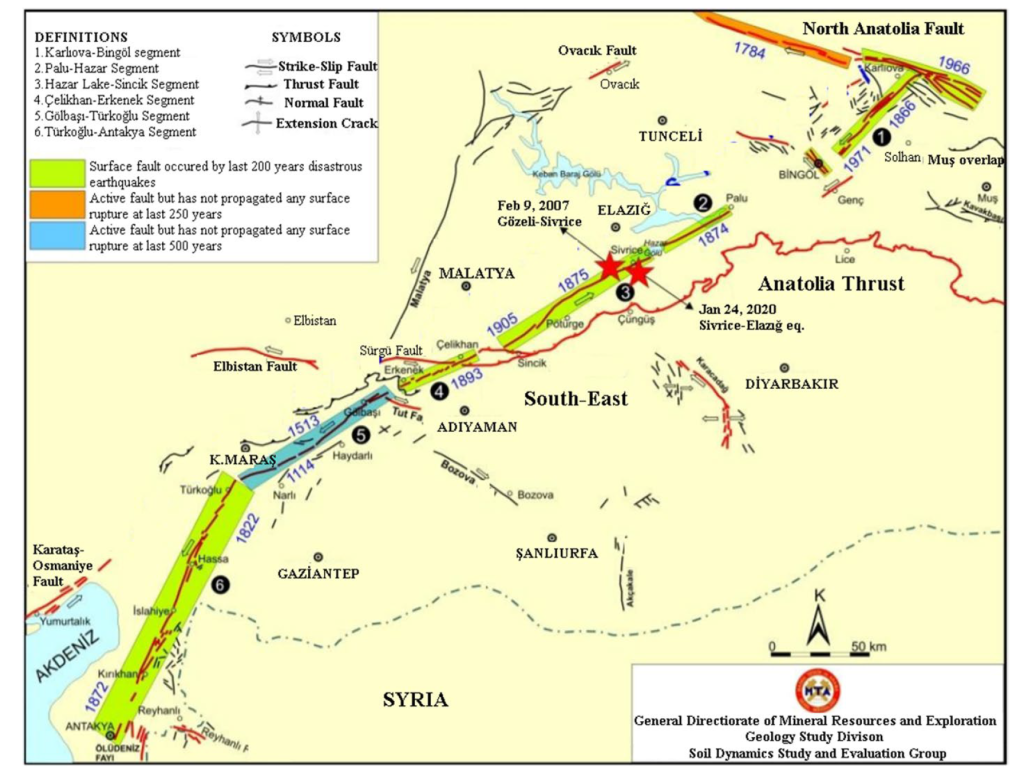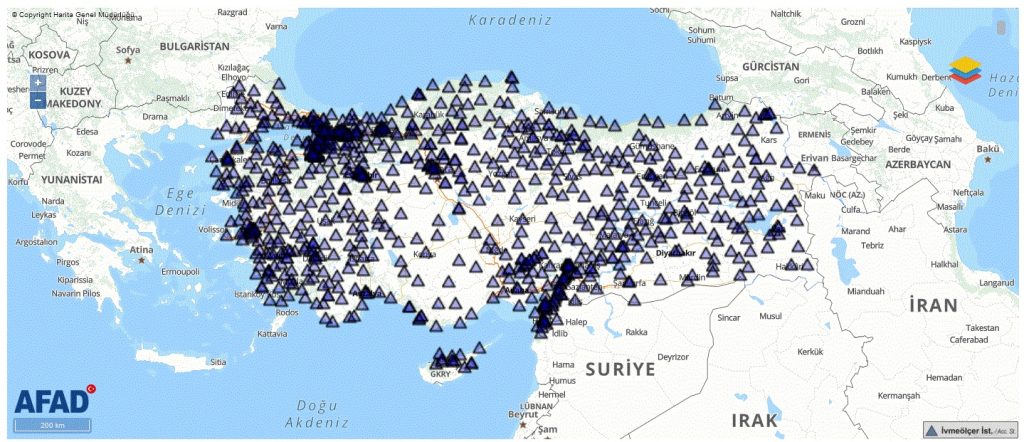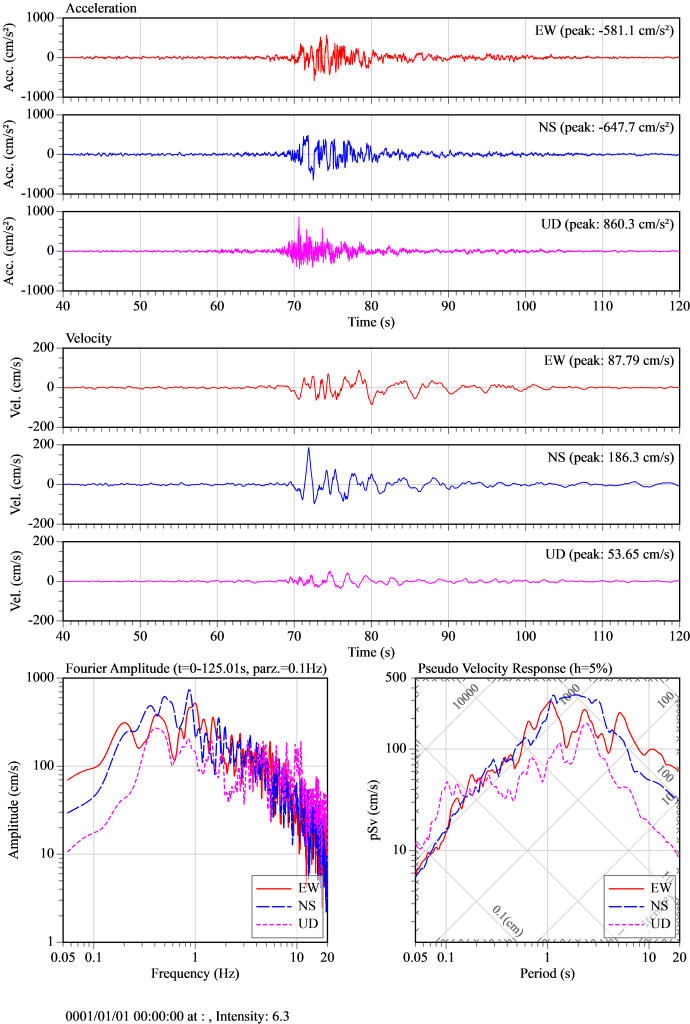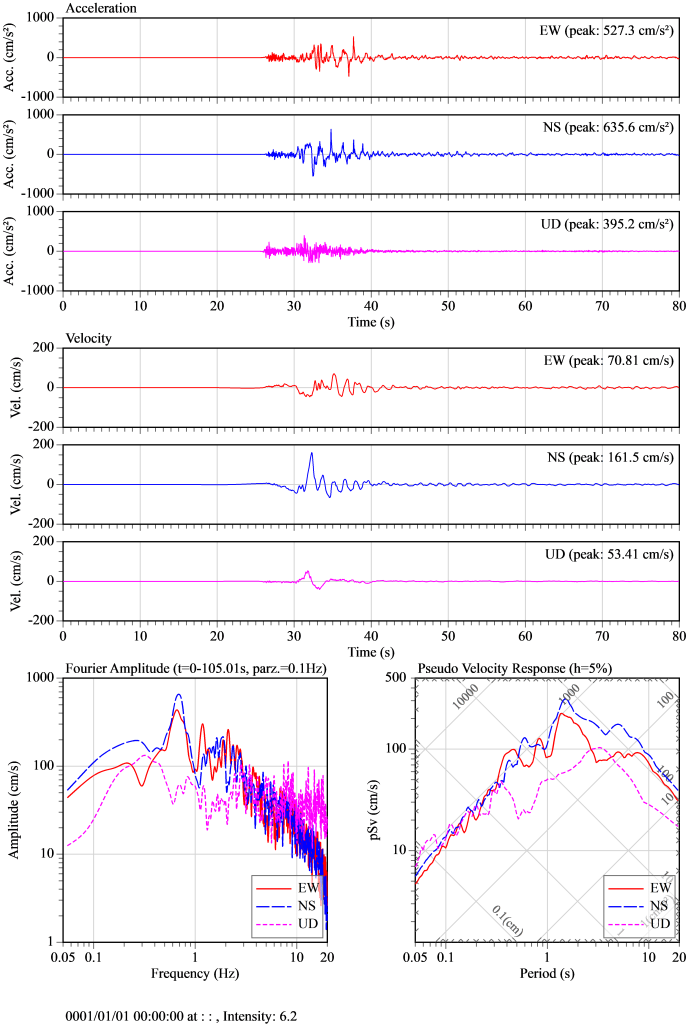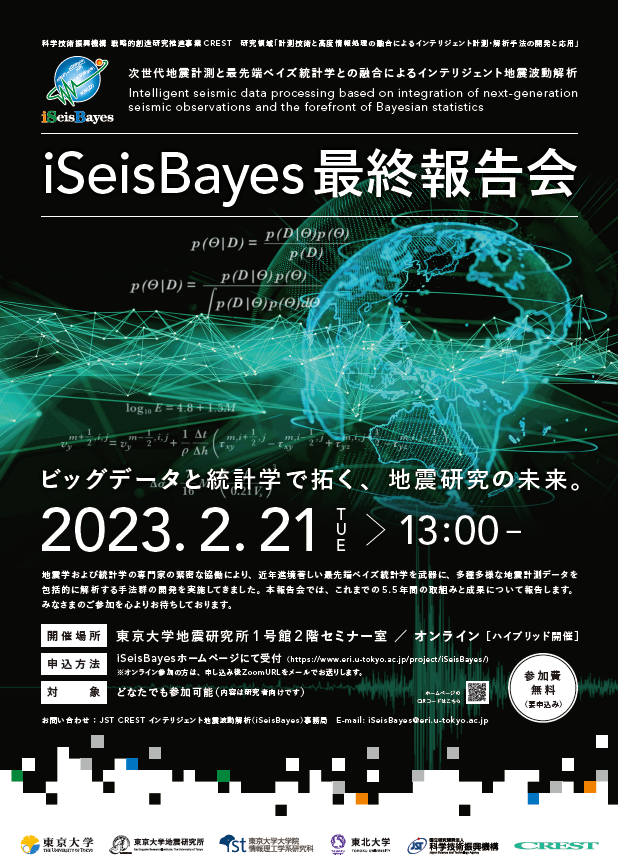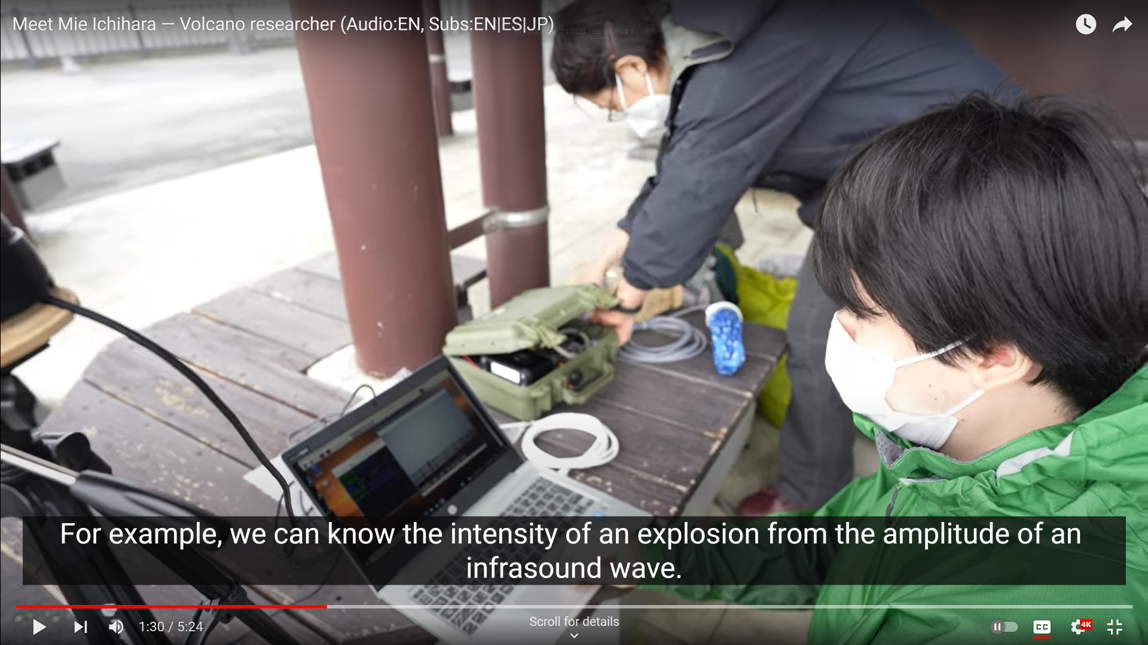Title: Volcano imaging from distributed passive sources.
Abstract
A large portion of the world’s active volcanoes are glaciated, and the significant topographic gradients result in a large amount of distributed gravity and temperature driven icequake activity. These small impulsive events typically excite high frequencies (1-20 Hz), and their pervasive nature makes them ideal for Green’s function reconstructions through seismic interferometry and for statistical analysis using diffusion and radiative transfer arguments. We showcase our progress in developing an eventual “ground up” workflow and code base particularly well-suited to temporary nodal deployments that encompasses detection and databasing of icequakes, Bayesian coda cross-correlation for Green’s function reconstruction, envelope modeling via radiative transfer with concurrent event localization, and array-based scattering imaging for conduit system mapping (with Institut Langevin and UJF Grenoble). We show applications and ongoing work at Erebus volcano, Antarctica.






